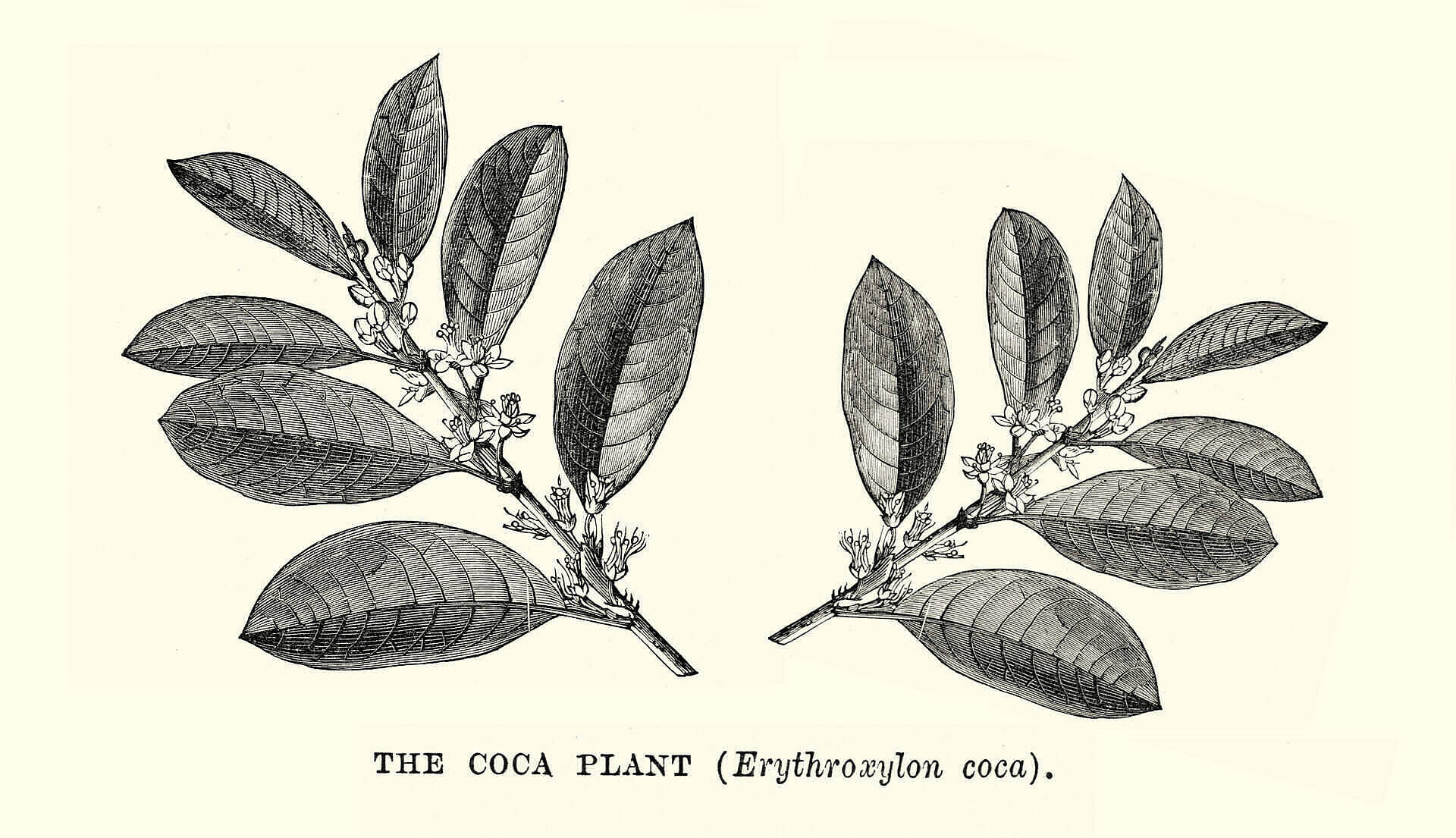What is cocaine?
Cocaine has been around for thousands of years. People in South America have chewed and ingested coca leaves, the source of Cocaine, for their stimulating properties.
A white powder derived from the leaves of the coca plant. A potent central nervous system effector usually sniffs up the nose; it raises neurotransmitter levels to increase dopamine levels in the brain. It also goes by Coke, powder, Charlie, candy, snow and Sugar.
Cocaine hydrochloride, the purified chemical, was isolated from the plant over a century ago.
During the early 1900s, purified Cocaine was the main ingredient in many medicinal tonics used to treat various illnesses.

Cocaine comes in three forms:
Powder – This white powder can be snorted, rubbed onto the gums or injected.
Crack – These are small rocks of cocaine that can be ground up and snorted, smoked or turned into a liquid and injected.
Freebase – This is a crystallised form that can be smoked.
How Is Cocaine Used?
Cocaine can be administered:
- orally (rubbed on gums)
- intranasally (snorted or sniffed)
- intravenously (injected)
- inhalation (smoked)
When someone administers intranasally, the powder is inhaled through the nostrils and absorbed into the bloodstream through the nasal tissues. Some users may also rub the substance onto their gums.
Cocaine can be dissolved in water and injected, releasing the drug directly into the bloodstream and heightening its outcomes.
Cocaine addiction usually starts with snorting and escalates to smoking, achieving maximal concentration and reactions far more rapidly than the intranasal route.
Smoking involves inhaling its vapour into the lungs, usually via a pipe, where the drug is absorbed rapidly into the bloodstream via the lung tissue.
Side-effects of Cocaine use
The duration of the effects of cocaine can vary from a few minutes to an hour, depending on the dosage and method of consumption.
An individual who takes cocaine will usually describe feeling full of energy along with having feelings of power and confidence. These side effects are generally what causes someone to use the drug again. However, there are many adverse effects of taking cocaine, inducing an overdose.

Physical effects of Cocaine use
- Vasoconstriction (Blood vessels to narrow)
- Dilated pupils (pupils enlarge)
- Increased heart rate, blood pressure, and body temperature.
- Boosts energy levels and alertness
- Muscle tremors
- Dizziness
- Heart rhythm disturbances
- Stroke, heart attack or seizure
Psychological effects of Cocaine use
- Feelings of euphoria
- Restlessness
- Irritability
- Anxiety, panic attacks and paranoia
- Psychosis
- Erratic or violent behaviour
Long-term effects of cocaine use
Long-term cocaine use can increase the risk of the following conditions, among others:
- Appetite and nutrition changes, malnutrition.
- Gastrointestinal issues (e.g., ulcers and tears caused by reduced blood flow).
- Liver and kidney damage.



